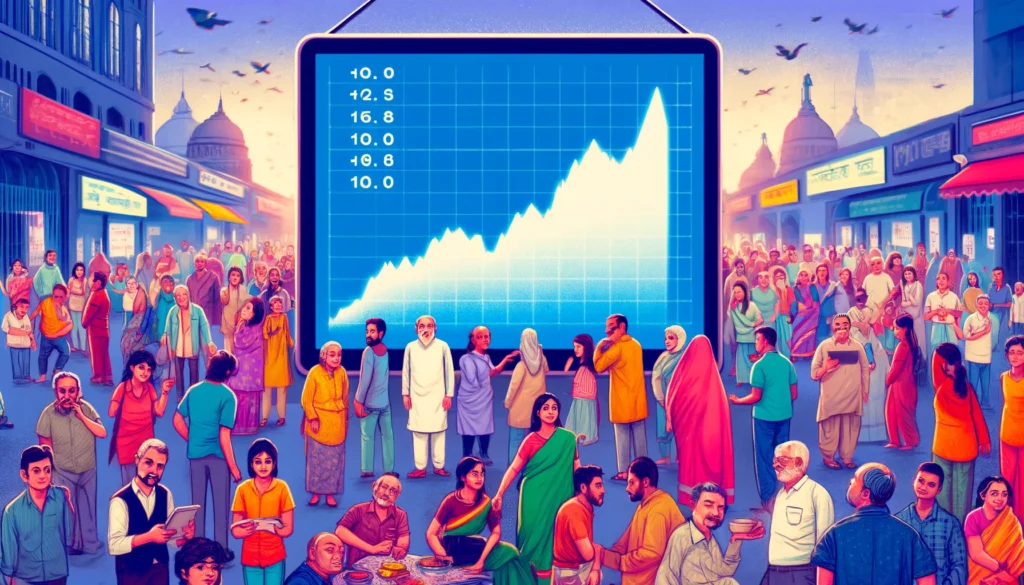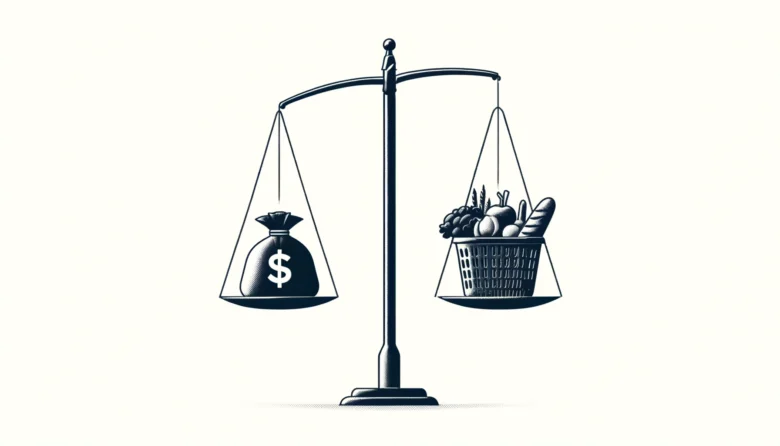When you hear economists and news anchors talk about the Consumer Price Index or CPI, you might wonder why this economic indicator gets so much attention. Simply put, the CPI measures how the average price of goods and services purchased by households changes over time—it’s essentially a gauge of inflation. Understanding CPI is crucial not just for policymakers but for everyone, as it affects our everyday life from the cost of groceries to the wages we earn. This blog aims to demystify CPI and illustrate why it should matter to you.
Exploring the Consumer Price Index
What is CPI? The CPI is a statistical estimate constructed using the prices of a sample of representative items whose prices are collected periodically. It includes various categories like food, housing, and clothes, each representing a specific weight in the index. For instance, if housing costs rise significantly, they will have a greater effect on the overall CPI compared to the price change in a less weighted category like apparel.
How is CPI calculated and who is responsible for it? In India, the Central Statistics Office (CSO) under the Ministry of Statistics and Programme Implementation calculates the CPI. Prices are collected from various urban and rural areas across the country, reflecting a wide demographic, which helps in providing a comprehensive picture of the inflation trends that affect the entire population.

Impact on Daily Life
Inflation and Cost of Living The CPI is integral in understanding inflation, which reflects how prices are rising and eroding the purchasing power of your currency. For example, a rising CPI indicates that the prices of basic necessities are getting higher, making it costlier for you to maintain the same standard of living. This is why CPI is often a hot topic in discussions about the health of the economy.
Salary and Wages CPI also directly impacts salaries and wages. Many organizations adjust their wage structures based on CPI increases. This is known as a cost-of-living adjustment (COLA), which aims to align wages with increased living costs, ensuring that employees maintain a stable standard of living despite inflation.
The Importance of CPI Awareness
Financial Planning For individuals, knowing about CPI can be instrumental in planning budgets and savings. If you know that inflation is likely to increase, you might decide to save more or cut back on non-essential expenditures. Additionally, being aware of CPI can help you understand when your salary adjustments are in line with inflation, ensuring you are not earning less in real terms.
Investment Decisions Investors closely monitor CPI because it affects the real returns on their investments. For example, if you invest in a fixed deposit that yields 5% per year, but the CPI rises by 4%, your real return is only 1%. Hence, understanding CPI can guide you to make investments that outpace inflation, preserving or increasing the value of your money.

Conclusion
The Consumer Price Index is more than just a number—it’s a reflection of economic trends that affect your wallet and your quality of life. By keeping an eye on this indicator, you can make more informed decisions about your finances and advocate for policies that reflect the economic realities of your community. Stay updated, stay informed, and let your economic participation be as educated as possible!
Author’s Note:
Thank you for reading this guide on the Consumer Price Index in India. We hope you find this information valuable and insightful as you navigate the complexities of the economy in your everyday life. Remember, understanding economic indicators like the CPI can empower you to make better financial decisions and advocate for meaningful changes in economic policy.
G.C., Ecosociosphere contributor.
References and Further Reading:
- “Consumer Price Indices” by Ralph Turvey – An essential read that explains different aspects of measuring price changes and the significance of CPI in economic policy.
- “The Secrets of Economic Indicators: Hidden Clues to Future Economic Trends and Investment Opportunities” by Bernard Baumohl – This book provides a detailed look at various economic indicators, including CPI, and their implications for investors and policymakers.




